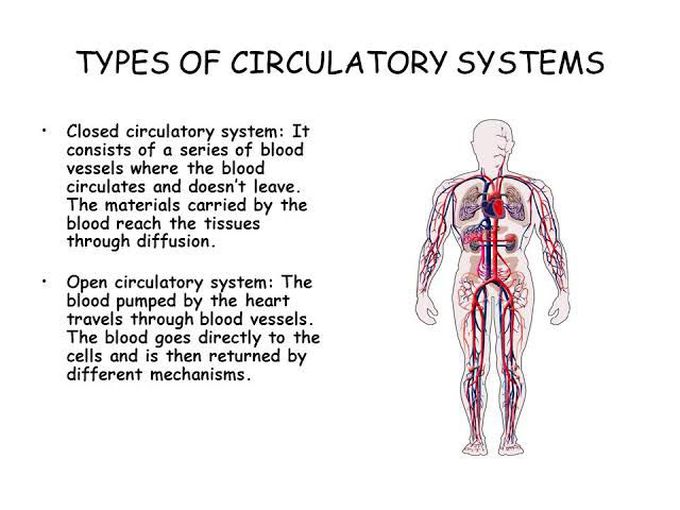


Types of circulatory systems
In higher animals, there are two primary types of circulatory systems: open and closed. Arthropods and mollusks have an open circulatory system. In this type of system, there is neither a true heart nor capillaries as are found in humans. Instead of a heart, there are blood vessels that act as pumps to force the blood along. Instead of capillaries, blood vessels join directly with open sinuses. "Blood," actually a combination of blood and interstitial fluid called 'hemolymph', is forced from the blood vessels into large sinuses, where it actually bathes the internal organs. The closed circulatory system of some mollusks and all vertebrates and higher invertebrates is a much more efficient system. Here blood is pumped through a closed system of arteries, veins, and capillaries. Capillaries surround the organs, making sure that all cells have an equal opportunity for nourishment and removal of their waste products. However, even closed circulatory systems differ as we move further up the evolutionary tree.

